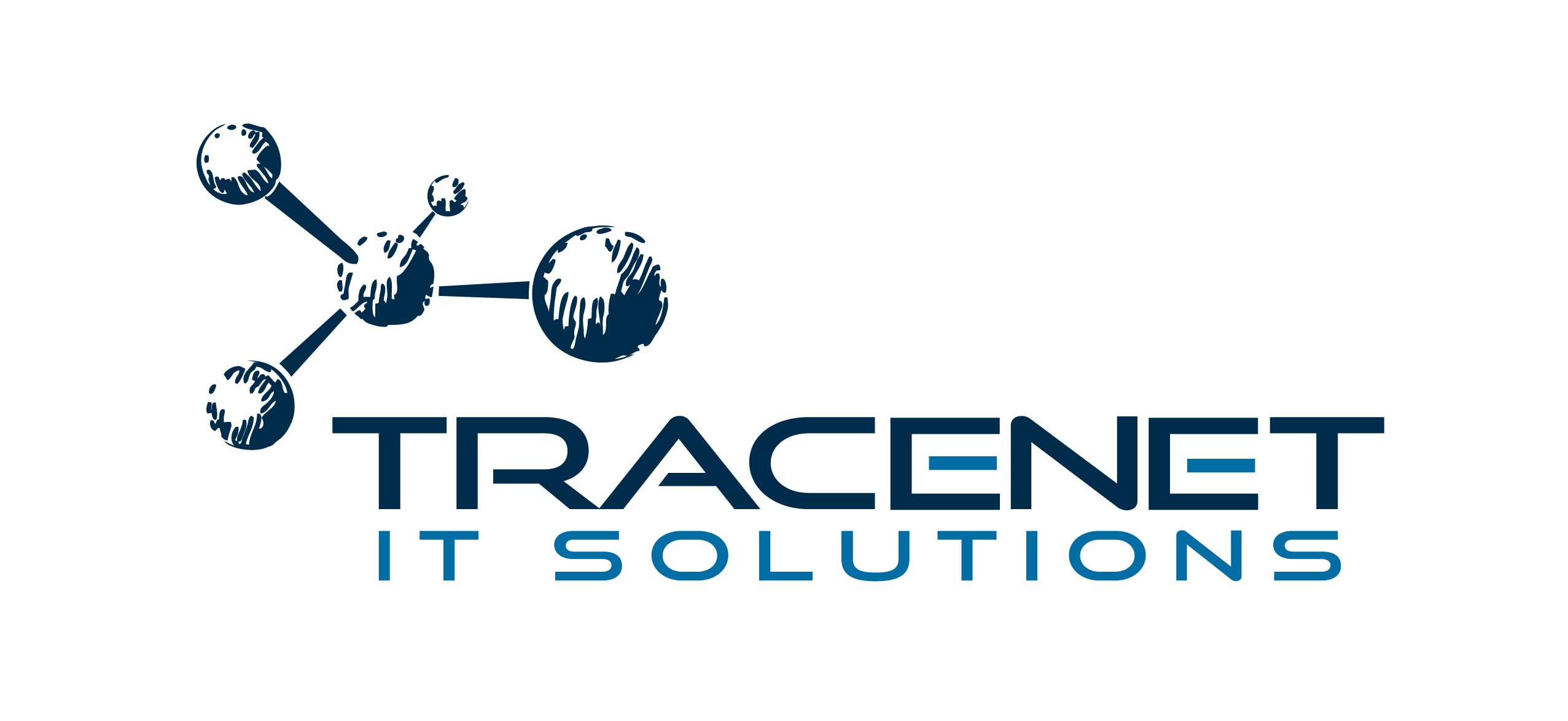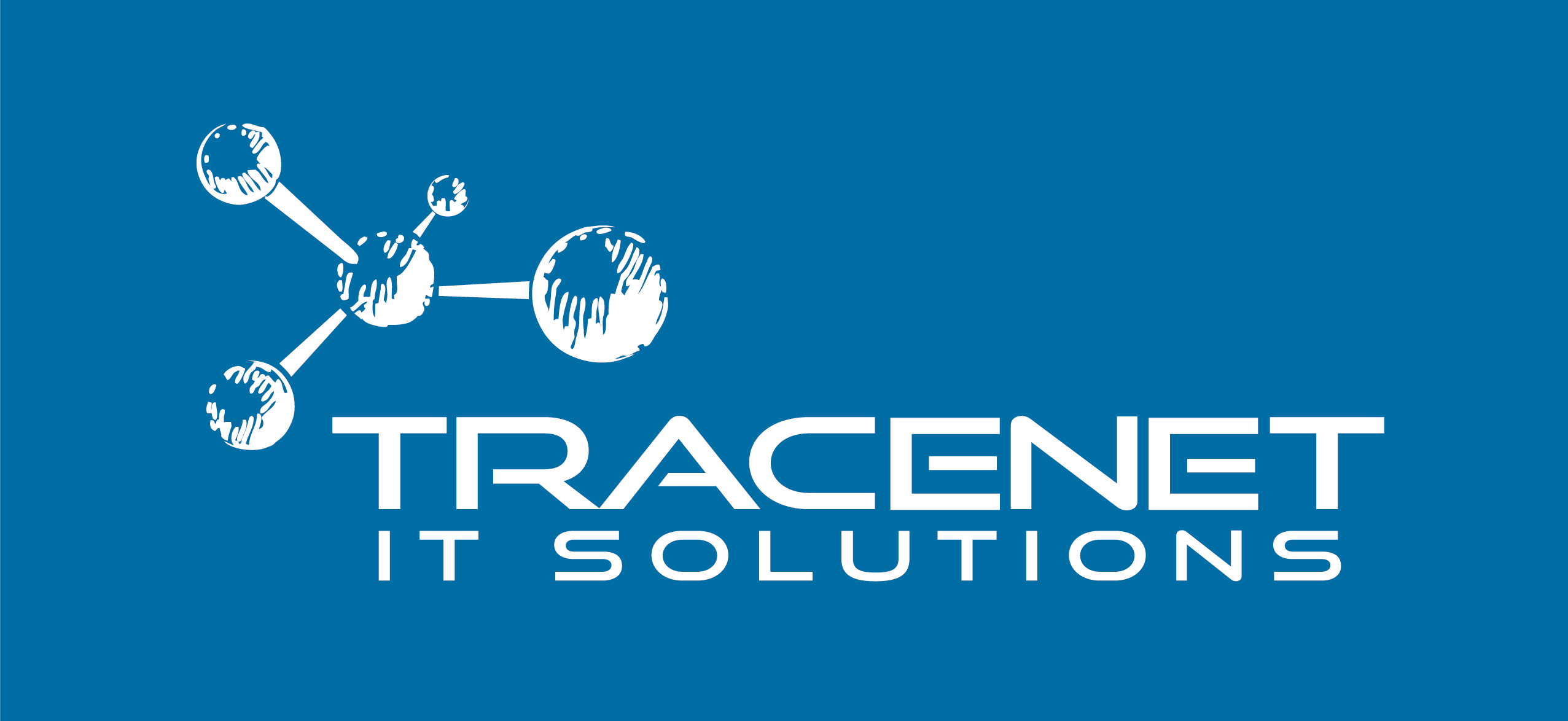According to a number of estimates, the cloud computing market is expected to reach 1 trillion dollars by 2028. In addition, at least 96% of companies use this resource in their IT infrastructure. This growth is due to the constant virtualization of processes that used to be 100% physical, as well as the advantages related to agility, savings and flexibility.
However, it is important to be aware of the vulnerabilities in cloud computing in order to protect your company’s data. Let’s see what they are!
What is cloud computing?
Cloud computing refers to the use of IT resources other than by physical means, i.e. via the internet. It is a technology that transforms the way these resources are consumed and managed. Cloud computing services are usually categorized into three main models:
- Infrastructure as a Service (IaaS): provides basic infrastructure such as virtual machines, storage and networks, allowing companies to build their own IT solutions with great flexibility.
- Platform as a Service (PaaS): offers complete platforms for developing, testing and deploying applications, eliminating the need to manage hardware and middleware.
- Software as a Service (SaaS): provides ready-to-use applications, accessible via the Internet, such as e-mail, CRM and collaboration tools, simplifying the distribution and management of software.
In addition to the advantages of scalability and cost reduction, cloud computing also promotes greater collaboration and mobility. With data and applications accessible from anywhere and from any internet-connected device, teams can work together more efficiently, regardless of their geographical location.
How do vulnerabilities occur in cloud computing?
As much as migrating to the cloud brings many advantages for your company, you need to be aware of its vulnerabilities in terms of security. This is because, depending on how the software is configured, there may be loopholes that make the cloud susceptible to attacks. This is when cybercriminals take the opportunity to act. That’s why you need to be aware of these vulnerabilities and take action to mitigate them. See below:
What are the vulnerabilities in cloud computing?
Cloud computing brings numerous advantages, but it also presents several vulnerabilities that organizations must address in order to guarantee the security of their data and systems. The main vulnerabilities include:
Incorrect configurations:
One of the most common vulnerabilities is the incorrect configuration of cloud resources. This can result in data being accidentally exposed, allowing anyone on the internet to access sensitive information. Organizations should adopt security practices such as implementing automated configuration policies and regular audits to ensure that resources are configured correctly.
Lack of visibility and control:
With the rapid expansion of cloud environments, maintaining visibility and control over all assets becomes a challenge. Without centralized visibility, organizations can struggle to detect suspicious activity and respond to incidents in a timely manner. Continuous monitoring solutions and advanced threat detection tools are essential to mitigate this risk
Software supply chain risks:
Vulnerabilities in third-party components, such as software libraries and vendor services, can be exploited by attackers to compromise systems in the cloud. Supply chain attacks have become more frequent and impactful, requiring organizations to adopt rigorous dependency management and vendor evaluation practices
Insider threats:
Insider threats, whether through malice or negligence, pose a significant risk to cloud security. Employees with excessive or malicious access can compromise sensitive data. To mitigate these threats, it is crucial to implement the principle of least privilege, monitor user activities and promote security awareness training
Lack of cloud security professionals:
A shortage of qualified cybersecurity professionals can lead organizations to rely excessively on SaaS solutions and other external resources. This can result in an insufficient understanding of the specific security needs of the cloud environment and inadequate responses to security incidents.
Managing an expanding attack perimeter:
As cloud environments grow, the attack perimeter also expands to include new assets, identities, and services. Managing these risks without compromising operational agility is a constant challenge for organizations. Identity and access management (IAM) tools and the adoption of a zero trust security approach are essential measures to deal with this vulnerability.
Inadequate encryption:
Failing to encrypt data at rest and in transit can expose sensitive information to unauthorized access. Implementing robust encryption and ensuring the use of secure protocols for data transmission are fundamental practices for protecting data in the cloud.
How to reduce vulnerability in the cloud?
Ensuring the security of data and systems that depend on cloud computing is essential. This requires a multi-faceted approach that encompasses robust security policies, careful implementation of protection technologies and an organizational culture focused on awareness and safe practices.
Firstly, establishing clear information security policies is essential. This includes defining who has access to sensitive data, how this data is protected in transit and at rest, and what the procedures are in the event of incidents. Implementing strong encryption for sensitive data and two-factor authentication for cloud access are basic measures that help mitigate vulnerabilities.
In addition to policies, investing in cloud-specific security technologies is important. This includes advanced firewalls, intrusion detection systems, continuous monitoring of suspicious activity and identity and access management solutions. These tools help prevent attacks and enable a rapid response to incidents, minimizing the impact of potential security breaches.
Finally, promoting an organizational culture of cyber security is just as important as the technologies and policies implemented. This involves regular training for employees on safe cloud usage practices, raising awareness of phishing and other threats, and creating a mindset of shared responsibility for data security.



